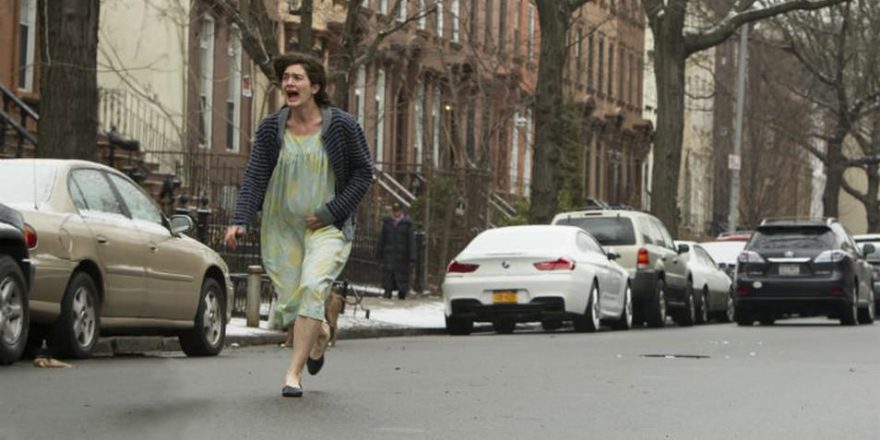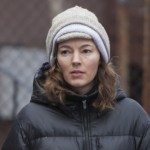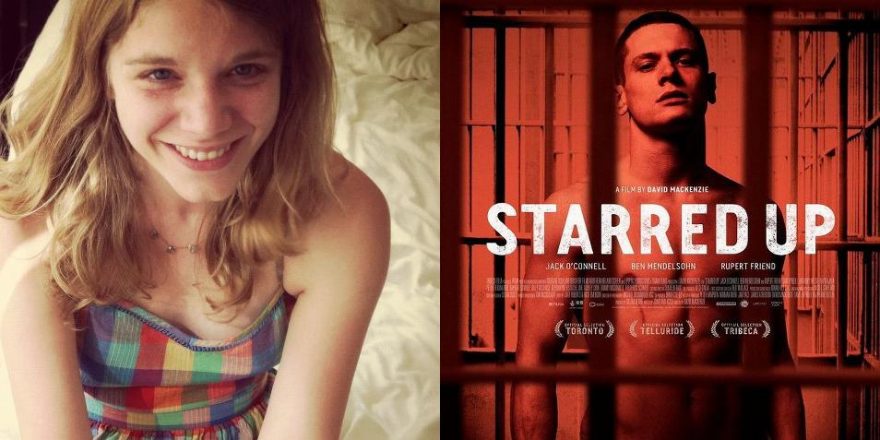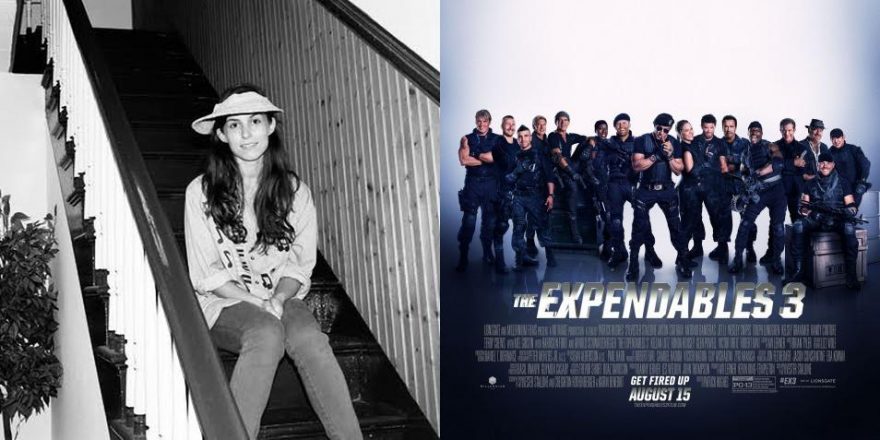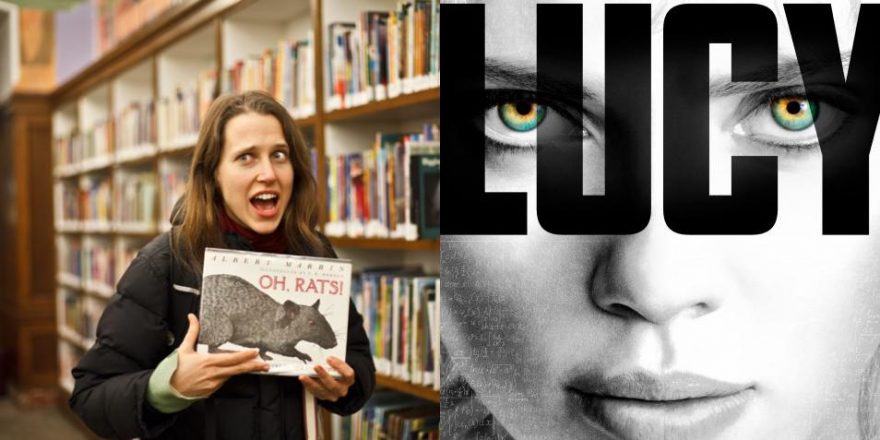When I was a kid, I didn’t like cartoons. I didn’t like the noise and the endless chases. What really made me stop in my tracks was dark stuff for grownups — preferably with some melancholy and dread in it. The first glimpse I had of this was when I was about seven or eight and I came across a Twilight Zone episode I wasn’t supposed to be watching. I was upstairs at my grandmother’s house and there was this little crappy black-and-white TV in this dusty, funny room she called “the library.” It was the middle of the day and for some reason the TV was on in the empty room as I was passing. I stood for the whole show — frozen. It was the episode where a beautiful woman sacrifices men by killing them with an Egyptian beetle in exchange for beauty and immortality, and the whole time I kept thinking, “Did grownups make this?” I remember the show thrilled and haunted me but for some reason — and this is the strange part — it made me feel relieved. I must have needed to know that there were others out there who felt dread and terror and foreboding. That I wasn’t alone. The horror was comforting.
I just released my first feature, Lyle, a sort of lesbian Rosemary’s Baby, starring Gaby Hoffmann as a mother who deals with her grief in frightening ways, and it’s available for free online at LyleMovie.com.When it came out, I expected questions about why I was attracted to horror, about how I could dare play around with a Polanski classic, and maybe even some from an LGBT angle, but I was caught off guard by how many people chose to ask about the novelty of being a female horror director. The truth is I had never done the count, the sad count of female-directed horror films.And when I did, it sort of blew my mind.
OK. So this did throw me. I started to do a little research and found a bunch of cool sites and groups for women making and loving horror, but the films and fans seemed to be living happily underground. There were a lot of gothic-styled films and what a friend of mine described as “burlesque horror” — kind of sexy and bloodbath-y. I tried to talk to one of these horror bloggers at a recent filmmaker gathering about this, but when I told her I made horror films, she looked me over and said, “I guess that’s kind of cool that you’re so regular.” Ha. I thought that was really funny, but it also made me realize I was mostly investigating the films I knewandloved from the studio system and the indie mainstream. And that within that world a lot was missing.
Like tampons. The fact that there are so few bloody tampons in movies seems like proof to me that there is an absence of female voices. I mean, every month we bleed and feel pain and are trying to figure out how to hide this sort of violent occurrence that happens to our bodies. OK, Carrie has the one famous scene but they are all safely unused and pristine. I feel like menstruation alone entitles us to be making more horror films. And then add birth to that. Growing and feeding a being from our bodies. It’s interesting that even in the masterpiece Rosemary’s Baby, the birth is skipped over while the devil-rape is depicted in all its vivid and surreal detail. I’m sure that if more women were tackling horror, we would see all the fear and power and craziness of so many unexplored things.
OK, so why aren’t more women making horror films? The only answer I can come up with is that maybe horror has just been so branded by the male experience that women have distanced themselves from the genre. I’m pretty sure horror is something that all men and women need and crave. The children’s books that remain classics are often the ones that explore the deepest fears — kids in peril, dead or missing moms and dads replaced by evil step-parents, camouflaged witches and wolves. We all want and need to go to those dark places where we can investigate our coping mechanisms and test out our philosophies and worldviews under duress. And I’ve always felt that horror allows you to exaggerate your themes and theories and explore them in the fullest ways.
A lot of the made-by-men-and-for-men horror films I’m thinking of are the ones that center around sadism. Boring. And yucky. I don’t get anything out of this kind of story. Having an evil guy chase someone around and dare them to cut their leg off, or something equally shocking, makes me feel nothing except relief that I’m not the character trapped in the plot. It makes me feel empty. I want my horror to be nutritious — to make me think about dark and complicated things like empathy and wrong choices and tiny transgressions and love — and I think a female perspective is the way to do it. Women approach how and why we tell our stories in a totally different way. If a dragon comes to town, a guy’s approach to that story might be, “How are we going to get rid of it?”, while the female approach might be to ask, “How are we going to learn to live with it?” I just love that. I would much rather see the story about living and negotiating with a monster over some guy showing off his clever and brave way of killing it. The terror of compromise.
The exciting news is that there are a bunch of female-directed horror films about to come out — Leigh Janiak’s Honeymoon, Jennifer Kent’s The Babadook, Ana Lily Amirpour’s A Girl Walks Home Alone At Night, Sarah Adina Smith’s Midnight Swim— but I actually think we should just take the whole genre over completely for a while. We bleed more, we leak more, we grow and birth and feed humans out of our bodies and we may just tell stories a little differently. I think that when more women are making horror films, we will get a whole new exciting and richer kind of smart darkness.


